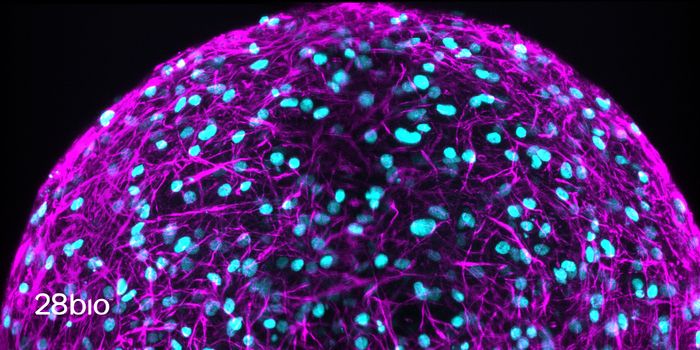Molecular Motors can Penetrate Specific Cellular Targets
Researchers at Rice University have created motorized molecules that are activated by light and can drill through the membranes of cells. These nanomachines could be used to deliver therapeutic agents directly to cells, or in the case of tumor cells, induce them to die. The work was based on research by 2016 Nobel laureate Bernard Feringa, and uses a chain of atoms that form a structure in the shape of a paddle, and can move unidirectionally when fueled by light.
The project was led by chemists James Tour of Rice, Robert Pal of Durham University and Gufeng Wang of North Carolina State; it has been reported in the journal Nature. After teaming up to engineer motorized molecules that can target specific cells, they applied light activation to their system. Check out the video above to learn more.
“We thought it might be possible to attach these nanomachines to the cell membrane and then turn them on to see what happened,” said Tour. The motors are around one nanometer wide and can penetrate the lipid belayer of specific cells, either to deliver a drug payload or to disrupt the membrane enough for cell death.
“These nanomachines are so small that we could park 50,000 of them across the diameter of a human hair, yet they have the targeting and actuating components combined in that diminutive package to make molecular machines a reality for treating disease,” Tour explained.
Successful testing indicated that the nanomachines needed more than one minute to move across the cell membrane. “It is highly unlikely that a cell could develop a resistance to molecular mechanical action,” noted Tour.
“The researchers are already proceeding with experiments in microorganisms and small fish to explore the efficacy in-vivo,” Tour said. “The hope is to move this swiftly to rodents to test the efficacy of nanomachines for a wide range of medicinal therapies.”
After the Pal lab tested their invention on cells, including live human prostate cancer cells, the molecular motors were able to hone in on specific cells. Without an ultraviolet trigger, the machines remained on the surface of the targeted cells. After they were triggered, however, the machines penetrated the targeted cell membrane.
Tests showed motors made to destroy prostate cancer cells broke through the membranes of these targets from outside, killing them within three minutes of activation, Pal explained. Video taken of the cells indicated an increase in blebbing or bubbling in the membrane within minutes of activation.
Sources: Rice University, Nature









